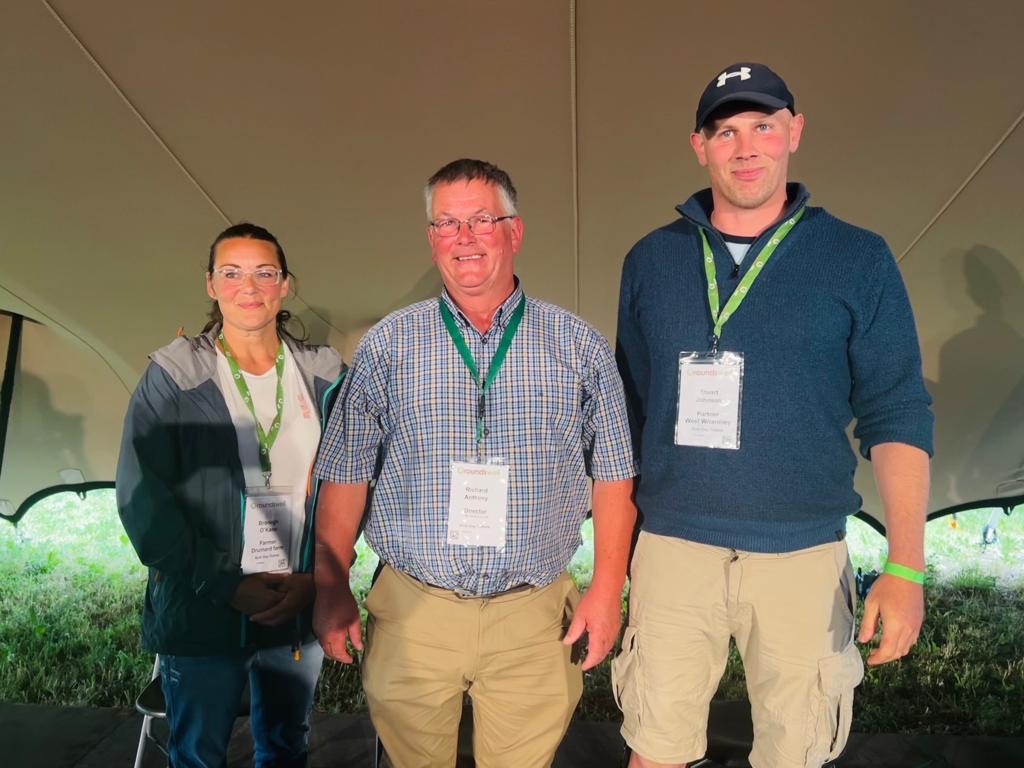
Now in its eighth year, the annual Soil Farmer of the Year competition is organised by the Farm Carbon Toolkit in partnership with Innovation for Agriculture and, this year, generously sponsored by Hutchinsons and Cotswold Seeds.
The competition aims to find farmers and growers who are engaged with, and passionate about managing their soils in a way which supports productive agriculture, reduces greenhouse gas emissions, and builds soil health, organic matter and carbon.
The 2023 Soil Farmer of the Year Winners:
- 1st Place – Stuart Johnson, West Wharmley Farm, Hexham (pictured above right)
- 2nd Place – Richard Anthony, R&L Anthony Ltd, Bridgend (pictured above, centre)
- 3rd Place – Bronagh O’Kane, Drumard Farm, Cookstown (pictured above, left)
The 2023 Soil Farmer of the Year Finalists:
Debbie Wilkins, Norton Court Farm, Gloucestershire
Ed Horton, Poulton fields Farm, Gloucestershire
Andrew Jackson, Holme Hall Farm, Lincolnshire
The 2023 Soil Farmer of the Year Highly Commended:
- 🚜 Robert Neave, Lincolnshire
- 🚜 Jonathan Hodgson, East Yorkshire
- 🚜 John Sansone, Worcestershire
- 🚜 William Oliver, Leicestershire
SFOTY farm walks – save the dates!
As part of the competition, the top three farmers will host open farm walks that bring farmers together to share good practice and innovations that improve soil health. The farm walks at the top three winning farms are scheduled to take place later in the year, with full details to be announced on the Farm Carbon Toolkit website and twitter, with booking through Eventbrite.
- 🥾 4th October 2023 – Stuart Johnson, Hexham
- 🥾 11th October 2023 – Bronagh O’Kane, Cookstown
- 🥾 TBC – Richard Antony, Bridgend
The competition is widely recognised by organisations working in soil management, with many promoting it to their networks to increase participation.
Emma Adams, Farm Carbon and Soil Advisor with Farm Carbon Toolkit, says
“This year’s Soil Farmer of the Year competition saw the most diverse range of applications so far, we’ve been blown away by the number and quality of the entries this year. The competition is going from strength to strength, with the standard of farms continuing to demonstrate the progress made in UK agriculture. Indeed, the sheer variety of entries highlights the fact that, despite the many differences in farming systems and locations, the soil connects us all. We’re very grateful to everyone who took the time and effort to enter.”
Deborah Crossan, Innovation for Agriculture, says
“As the Soil Farmer of the Year competition gains momentum and the numbers of entries reach their highest level so far, the summer walks at the winning farms represent a not-to-be-missed opportunity for farmers to see first-hand the innovation and change that leads to excellent soil management.“
The judging process now involves visiting each of the six finalists to learn more about their farming practices before selecting the winners.
The winners of the 2023 competition were announced at Groundswell: The Regenerative Agriculture Show and Conference, which runs from 28th – 29th June 2023 at Lannock Manor Farm, Hertfordshire.
Open farm walks at the top three winning farms are scheduled to take place later in the year, with details to be announced on the Farm Carbon Toolkit website and twitter.
Further details:
For further details about the 2023 Soil Farmer of the Year competition, contact Emma Adams, Senior Advisor with the Farm Carbon Toolkit, at emma.adams@farmcarbontoolkit.org.uk
For more information, visit farmcarbontoolkit.org.uk/soil-farmer-of-the-year
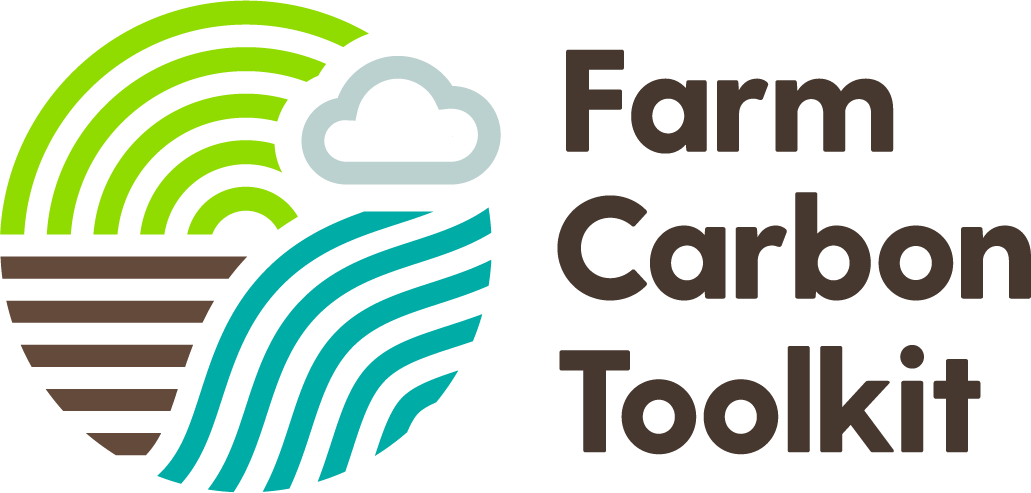

 Richard Antony, R&L Anthony Ltd, Bridgend
Richard Antony, R&L Anthony Ltd, Bridgend
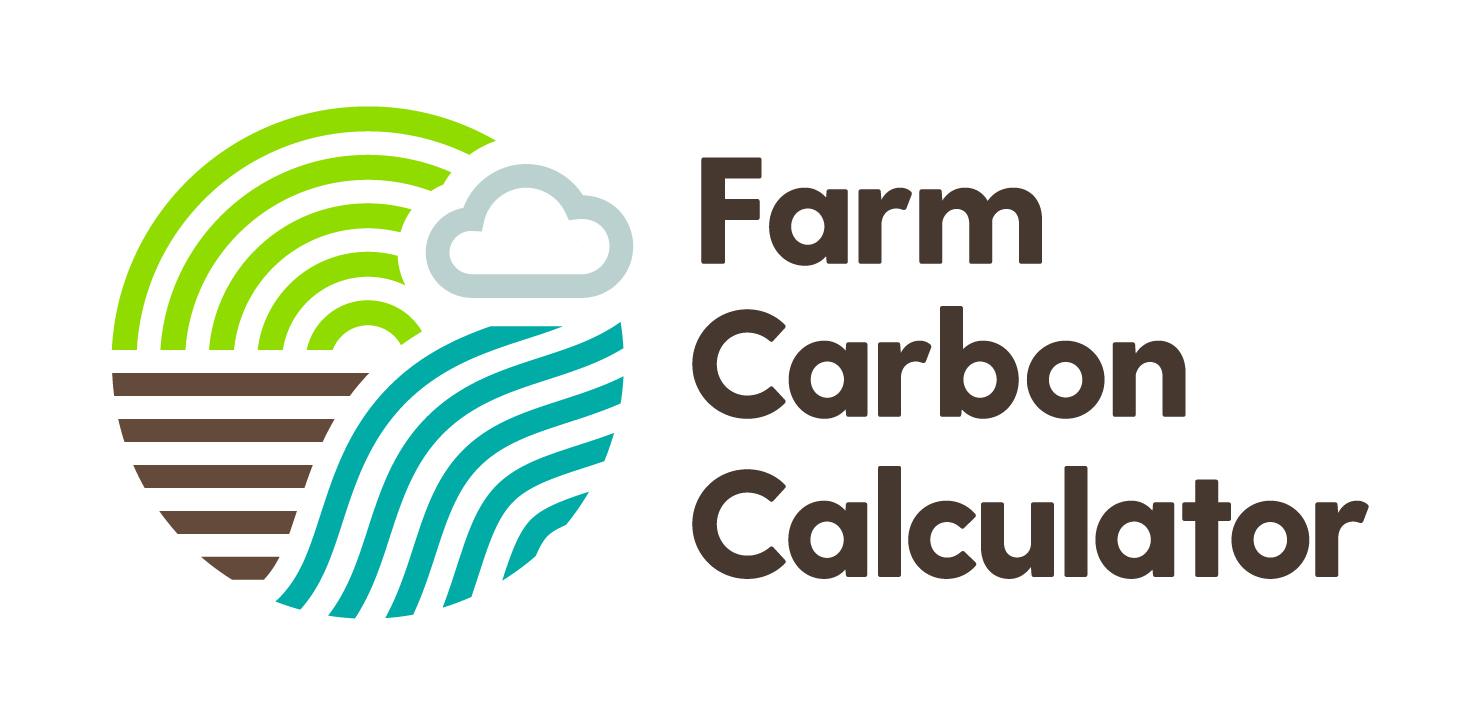




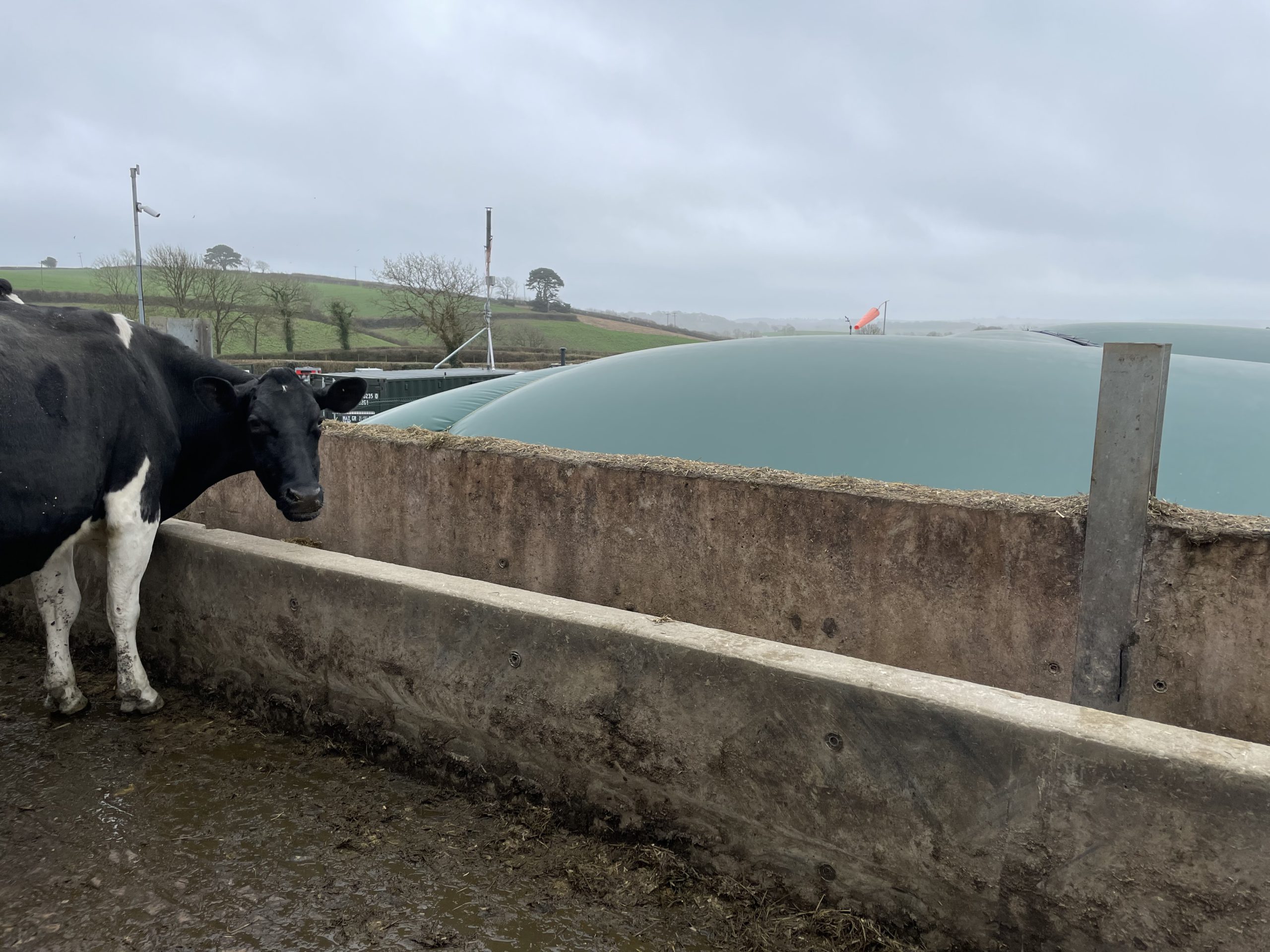


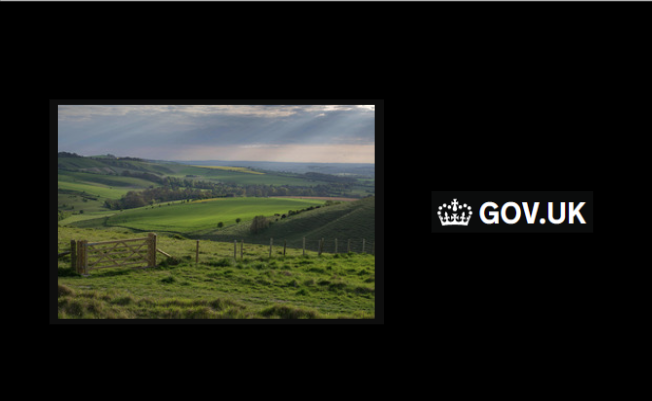
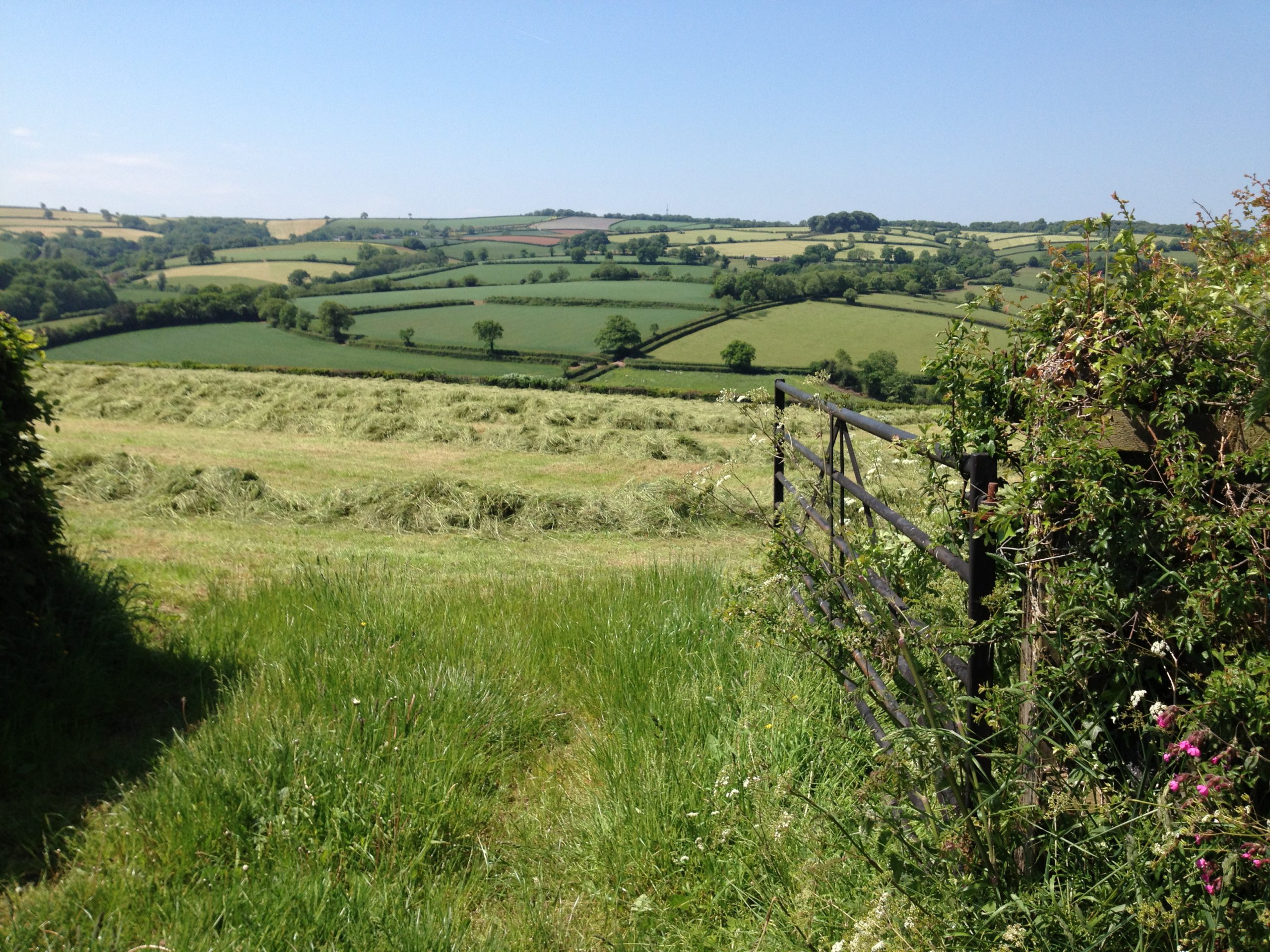
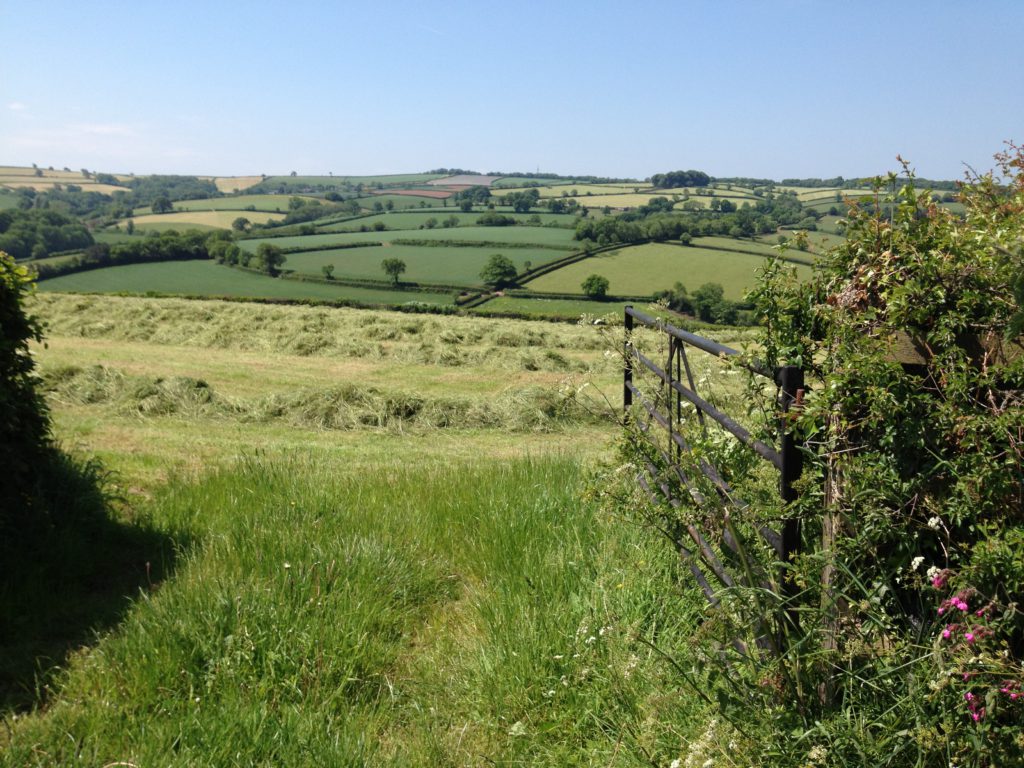

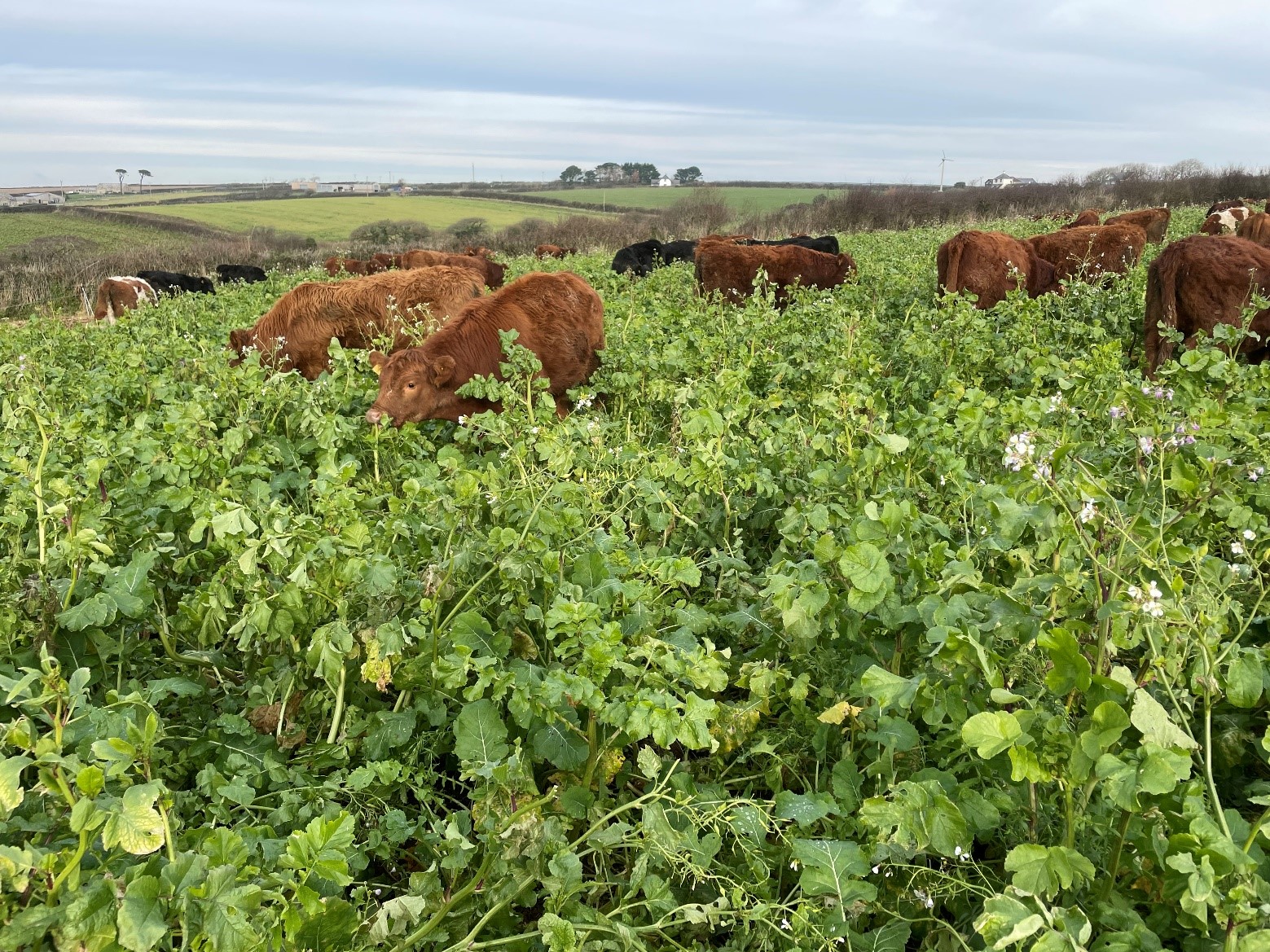


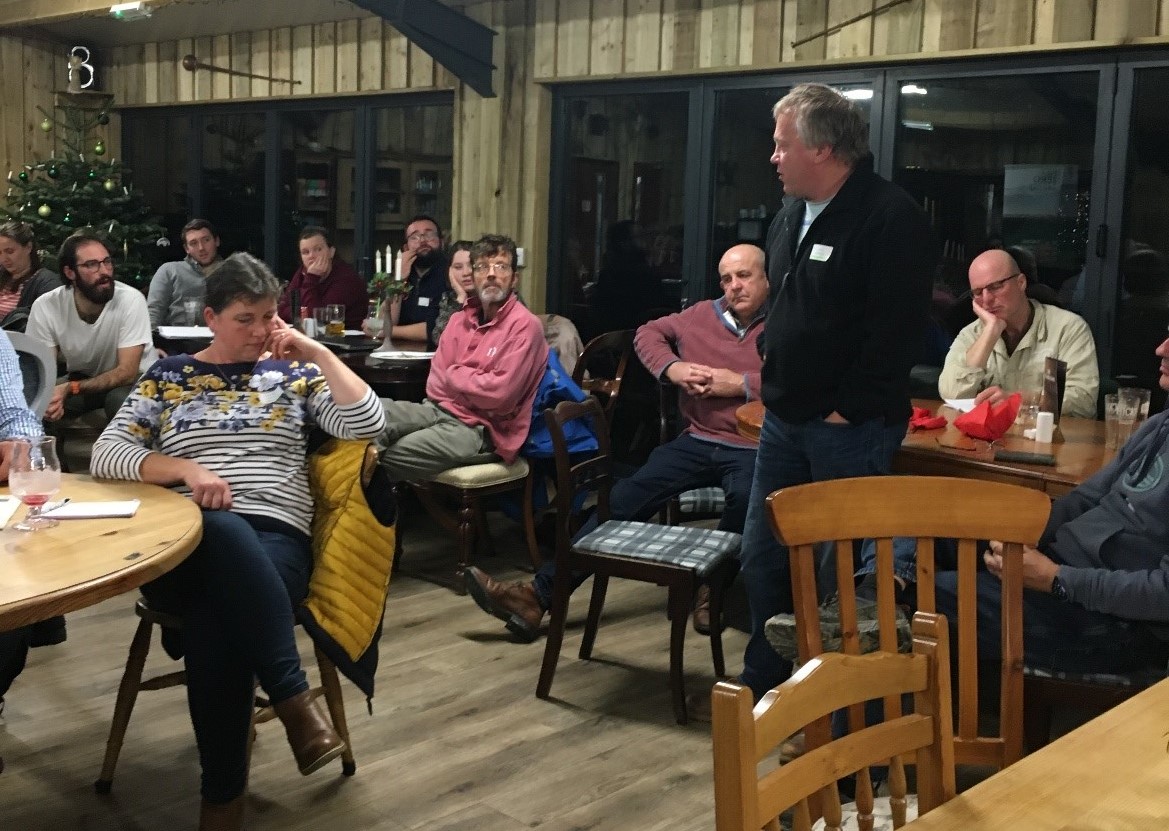

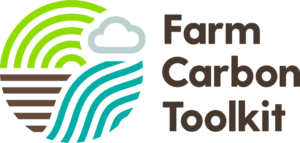
Recent Comments